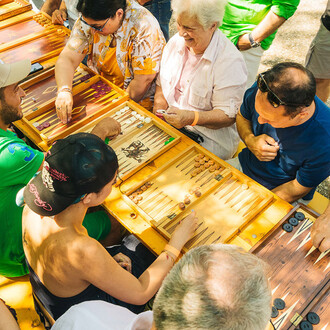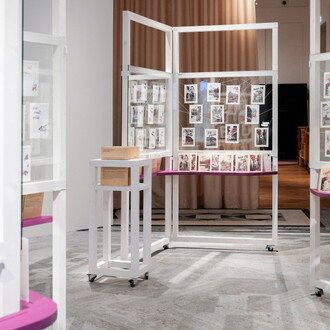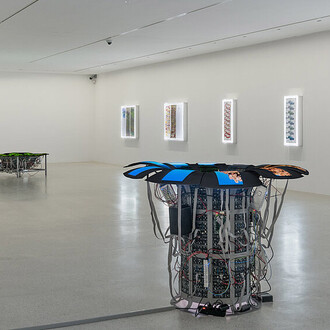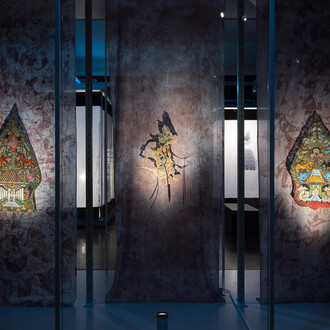With its wide-ranging jubilee exhibition 300 Years Of The Vienna Porcelain Manufactory, the MAK is drawing attention to the history and significance of the second-oldest porcelain manufactory in Europe. Founded in May 1718 when the imperial privilege for porcelain production was granted to Claudius Innocentius Du Paquier, the Vienna Porcelain Manufactory set new aesthetic standards over the following decades. Some 1 000 objects from the holdings of the MAK as well as national and international collections offer a formidable overview of Viennese developments in the context of Asian precursors and European competitors.
The MAK has housed the legacy of the Vienna Porcelain Manufactory—under imperial ownership from 1744 and closed in 1864—and has been dedicated to researching porcelain since its founding years. With examples from all eras of production, the legacy provides an overview of some 150 years of porcelain production in Vienna. Viennese porcelain production covered a wide spectrum of ceramics: from dinnerware sets and vases to clocks, from high-quality porcelain sculptures to scenic and floral miniatures, from porcelain paintings with cobalt blue and gold decorations in relief to large-format porcelain pictures with floral still lifes.
The exhibition 300 Years Of The Vienna Porcelain Manufactory presents the latest research findings with as yet unpublished documents on major works by the Vienna Porcelain Manufactory, such as the porcelain room from the Palais Dubsky in Brno (ca. 1740) and the centerpiece from Zwettl Abbey (Vienna, 1767/68). Both the “Dubsky Room,” one of the first rooms to be decorated with European porcelain, and the centerpiece from Zwettl Abbey are on permanent display in the MAK Permanent Collection Baroque Rococo Classicism, designed by Donald Judd.
















